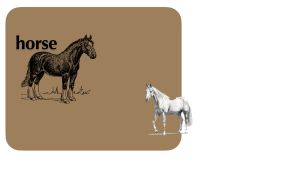There is a streak of unpredictable whimsy that runs through English high society from Georgian times up to Victoria’s accession to the throne and beyond. It was aggravated by conventions that made no sense and dug ever deeper chasms between the aristocracy and its servants. Take the brutal economics of keeping a horse in cities, large or small. It was generally reckoned to cost upwards of £300 a year per steed, looked after by specialist staff, some of them issued with uniform that cost more than their wages, even after allowing for any board and lodging found by the employer.
 Town-dwelling horses were kept in grouped stables, or mews, usually bearing the name of the street they served. The equine diets were the standard fare of working horses of the day: hay, oats and roughage, washed down with water at intervals. Horses were the prerogative of the very rich or tradesmen who could cover their outgoings from their business. Agricultural businesses occupied the middle ground in this polarised rule of thumb scenario. The more successful ones worked with established lines of Percherons, Cobs or Shires, often breeding their own draft animals and systematically avoiding the saddle horse fraternity.
Town-dwelling horses were kept in grouped stables, or mews, usually bearing the name of the street they served. The equine diets were the standard fare of working horses of the day: hay, oats and roughage, washed down with water at intervals. Horses were the prerogative of the very rich or tradesmen who could cover their outgoings from their business. Agricultural businesses occupied the middle ground in this polarised rule of thumb scenario. The more successful ones worked with established lines of Percherons, Cobs or Shires, often breeding their own draft animals and systematically avoiding the saddle horse fraternity.
There was no missing the fact that horses scaled up the waste disposal problems associated with urban lifestyles. Dung disposal alone was a significant challenge, to the point where the city of London filled at least two barges a day with sweepings from the city’s crossings, which went down to the Thames estuary under cover of darkness to dump good quality, nutrient-rich material at sea.
Clearly, today’s environmental issues have deep roots: they were taking shape in the Thames estuary and elsewhere around our coasts, long before the arrival of the automotive age.


